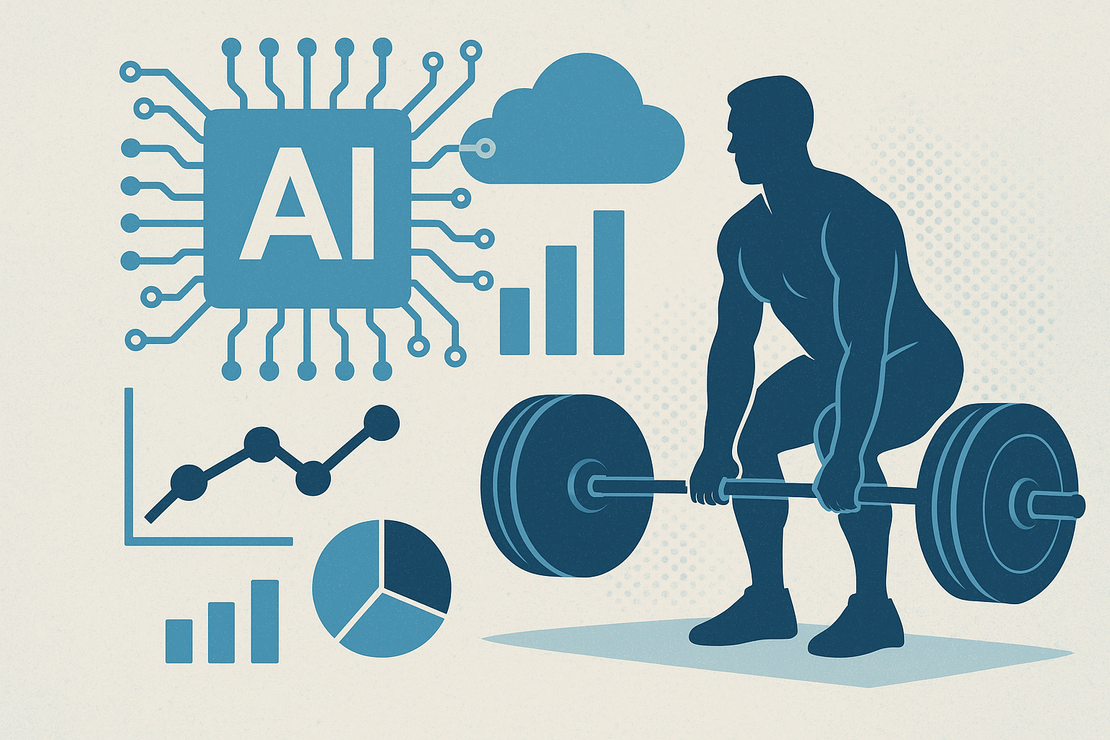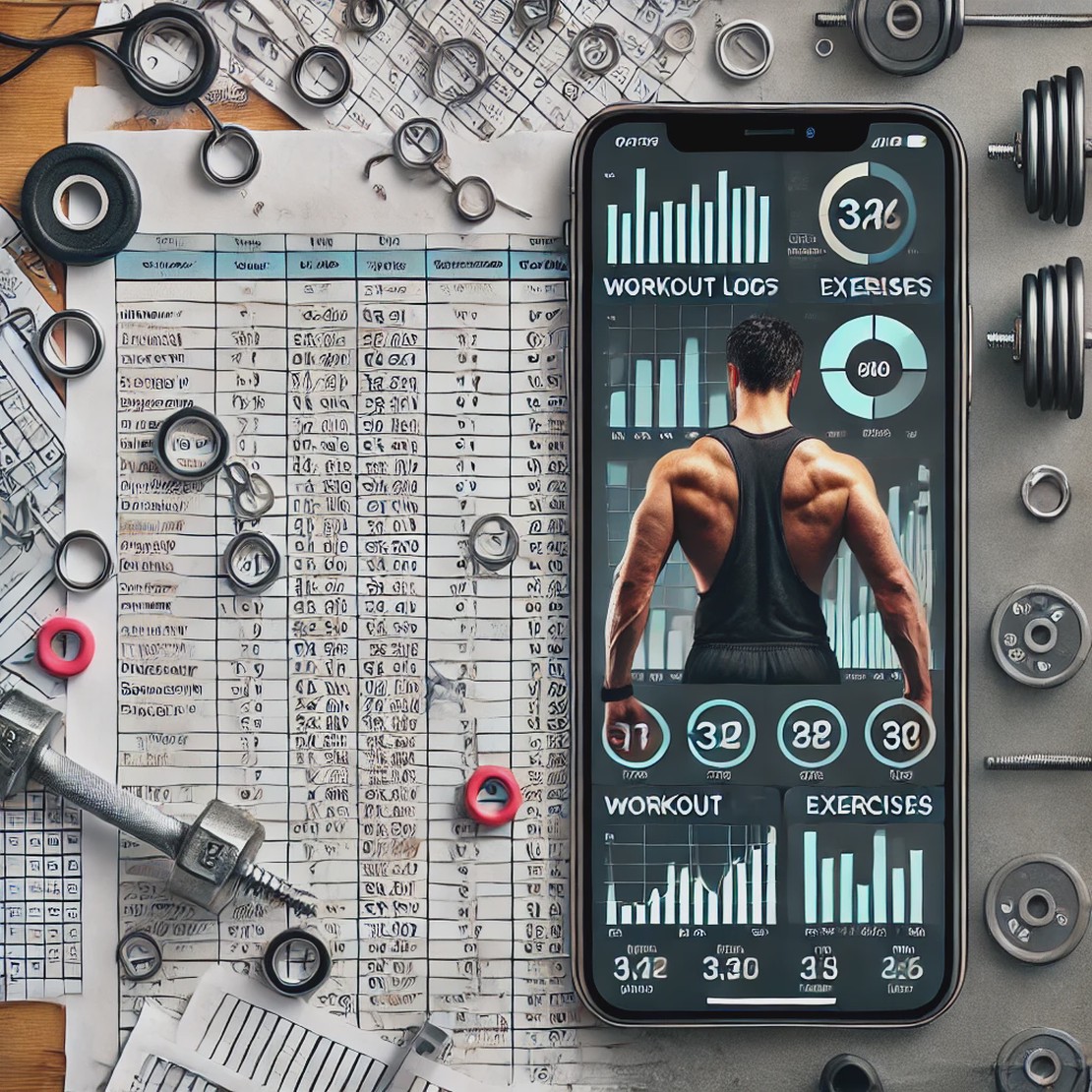
Toward a Next-Generation Strength Training Model
Introduction
Strength training outcomes are influenced by a wide variety of interacting variables: training volume, exercise selection, frequency, recovery, and demographic characteristics such as age, sex, body weight, and height. While many training programs are derived from tradition or anecdotal success, there is no unified, data-driven model capable of predicting the most effective programming strategy for a given individual profile.
The objective of the PowerLiftCalc Next Generation Strength Model is to apply modern artificial intelligence and machine learning techniques to large-scale, real-world training data in order to identify patterns and construct predictive programming recommendations for strength development.
Data Sources and Collection
Training logs submitted by users of the PowerLiftCalc platform serve as the primary data source. Each log includes structured information such as:
- Exercise metadata: lift type (squat, bench, deadlift, accessory), set/rep schemes, weight used.
- Session data: total volume (load × reps × sets), intensity (relative to estimated 1RM), session length.
- Temporal factors: training frequency, inter-session recovery intervals, deload weeks.
- Performance outcomes: calculated and verified 1RMs, progression of personal records, velocity changes (when available).
- Demographic variables: user’s age, sex, body weight, body height, training experience.
These variables are anonymized and aggregated in order to protect privacy while preserving the statistical integrity required for modeling.
Model Design Goals
The NextGen strength model will be constructed with the following objectives:
-
Predictive Accuracy
Develop supervised learning models (e.g., gradient-boosted decision trees, recurrent neural networks) to predict strength outcomes such as estimated 1RM progression, given prior training inputs and demographic covariates. -
Generalizability Across Populations
Evaluate performance of the model across subgroups: competitive athletes, recreational lifters, and older adults pursuing mobility and independence. This requires stratification and fairness-aware evaluation metrics to ensure the model does not overfit to the most represented demographic. -
Personalized Programming Recommendations
Use feature importance analysis and interpretable AI techniques (e.g., SHAP values, attention mechanisms) to highlight which attributes (volume, intensity, recovery, demographic factors) most strongly predict strength adaptation in different populations. -
Longitudinal Adaptation
Incorporate time-series modeling to account for progression, plateaus, and detraining effects, moving beyond static regression toward dynamic predictive systems.
Attributes of Interest
The following categories of attributes are currently under investigation:
- Volume and Intensity Metrics: session tonnage, average intensity, percentage of 1RM load distribution.
- Frequency and Consistency: training days per week, adherence rates, streak analysis.
- Load Progression Schemes: linear vs. autoregulatory approaches, periodization blocks.
- Demographic Attributes: chronological age, biological sex, body mass, height, training age (years of resistance training experience).
- Recovery Variables: inter-session rest, sleep quality (when provided), deload phases.
- Outcome Markers: estimated 1RMs, confirmed PRs, relative strength (e.g., Wilks/DOTS score).
Research Implications
By analyzing large-scale, longitudinal training data through machine learning pipelines, we aim to uncover statistically significant relationships between input variables (training and demographics) and output variables (strength gains).
This framework has two major implications:
- For athletes: Improved precision in programming design, enabling higher efficiency in training cycles and more reliable progression.
- For older adults: Identification of strength training protocols that maximize mobility, balance, and independence, while minimizing injury risk.
Conclusion
The PowerLiftCalc Strength Model project represents an intersection of sports science and artificial intelligence. Through aggregation and analysis of anonymized training data, we aim to construct predictive models that advance both athletic performance and public health.
Ongoing research will refine the attribute set, expand the sample population, and evaluate multiple machine learning architectures to ensure robustness and interpretability.
Keywords: strength training, machine learning, predictive modeling, personalization, demographics, sports science


